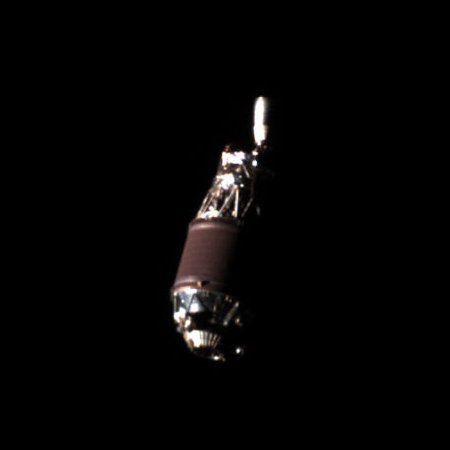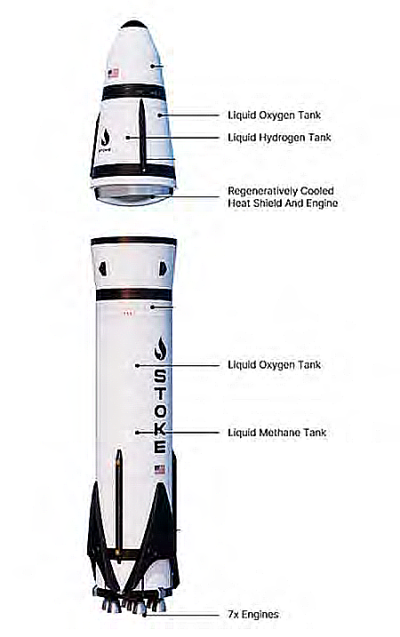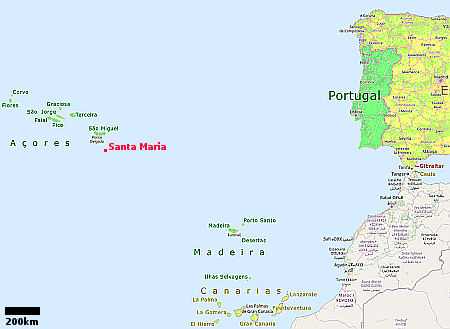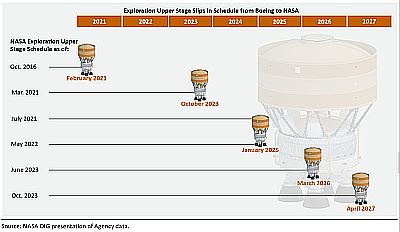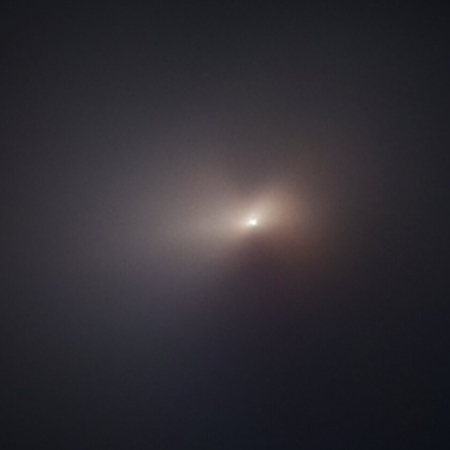Astroscale signs deal with JAXA to de-orbit old rocket upper stage
The Japanese orbital tug startup Astroscale has now signed the final deal with Japan’s space agency JAXA to de-orbit the old H2A rocket upper stage that the company is presently flying a demonstration rendezvous and proximity mission dubbed ADRAS-J.
The photo to the right was taken by ADRAS-J in the spring, shortly after it rendezvoused with the stage. The data from this demo mission has not only shown Astroscale’s spacecraft can autonomously rendezvous and fly in close formation to the stage, the stage itself is in excellent condition after fifteen years in space.
The ADRAS-J follow-on active debris removal spacecraft, ADRAS-J2, will similarly attempt to safely approach the same rocket body through [rendezvous and proximity operations], obtain further images, then remove and deorbit the rocket body using in-house robotic arm technologies.
If successful, Astroscale will have the capability to offer this surface to others, both governments and private concerns, thus making the removal of space junk a viable business. Until the past decade, most upper stages ended up in orbit where they remain for long periods. There are a lot of such older stages. Some end up burning up in the atmosphere harmlessly, while others break up in orbit and produce a lot of debris that is a threat to other spacecraft. Astroscale’s mission here will demonstrate the ability to remove such stages.
The Japanese orbital tug startup Astroscale has now signed the final deal with Japan’s space agency JAXA to de-orbit the old H2A rocket upper stage that the company is presently flying a demonstration rendezvous and proximity mission dubbed ADRAS-J.
The photo to the right was taken by ADRAS-J in the spring, shortly after it rendezvoused with the stage. The data from this demo mission has not only shown Astroscale’s spacecraft can autonomously rendezvous and fly in close formation to the stage, the stage itself is in excellent condition after fifteen years in space.
The ADRAS-J follow-on active debris removal spacecraft, ADRAS-J2, will similarly attempt to safely approach the same rocket body through [rendezvous and proximity operations], obtain further images, then remove and deorbit the rocket body using in-house robotic arm technologies.
If successful, Astroscale will have the capability to offer this surface to others, both governments and private concerns, thus making the removal of space junk a viable business. Until the past decade, most upper stages ended up in orbit where they remain for long periods. There are a lot of such older stages. Some end up burning up in the atmosphere harmlessly, while others break up in orbit and produce a lot of debris that is a threat to other spacecraft. Astroscale’s mission here will demonstrate the ability to remove such stages.

